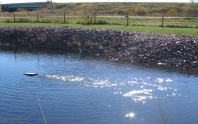Aquaculture hobbyists
Increased fish size begins with oxygen. Fish use at least twice as much oxygen while feeding as they do at rest. The more oxygen you have, the more fish can feed, and the more often they can do so without the risk of added stress. More feeding means bigger fish – faster and better population numbers which will improve your fishing. Low oxygen levels not only put your fish’s life at risk, but will also arrest growth and put stress on them. Aeration is also an insurance policy for your pond, helping to improve water quality and ward off the harmful effects of low oxygen levels and fish kill due to pond turnover and/or winter kill. Proper aeration will help to prevent pond stratification, and even help destratify ponds to limit the negative effects of pond turnover and buffer against fish kills. It will also help to maintain a more stable oxygen concentration instead of extreme high levels followed by low levels in the evening. Extreme fluctuations of dissolved oxygen have proven to be harmful to some fish, and specific to smaller fish. Things to consider These quality units both beautify your body of water with an elegant display pattern, and provide valuable oxygen and agitation to promote a healthy pond or lake. Aeration dramatically improves environmental conditions in your pond, and helps keep good water quality predictable. Kasco water circulators are ideal for creating directional water flow in your pond or lake. This transforms still, stagnant water into a stream environment, and helps add vital oxygen.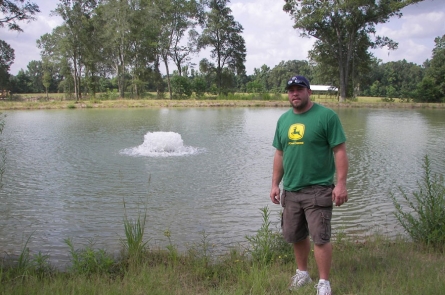
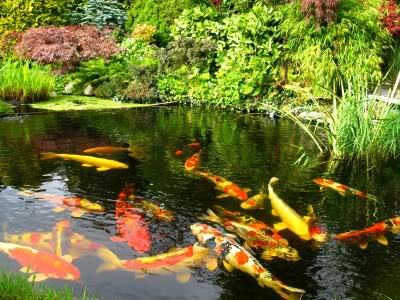
Kasco products for aquaculture hobbyists
Aerators
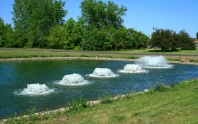
Diffuser units
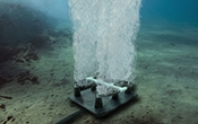
Water circulators
